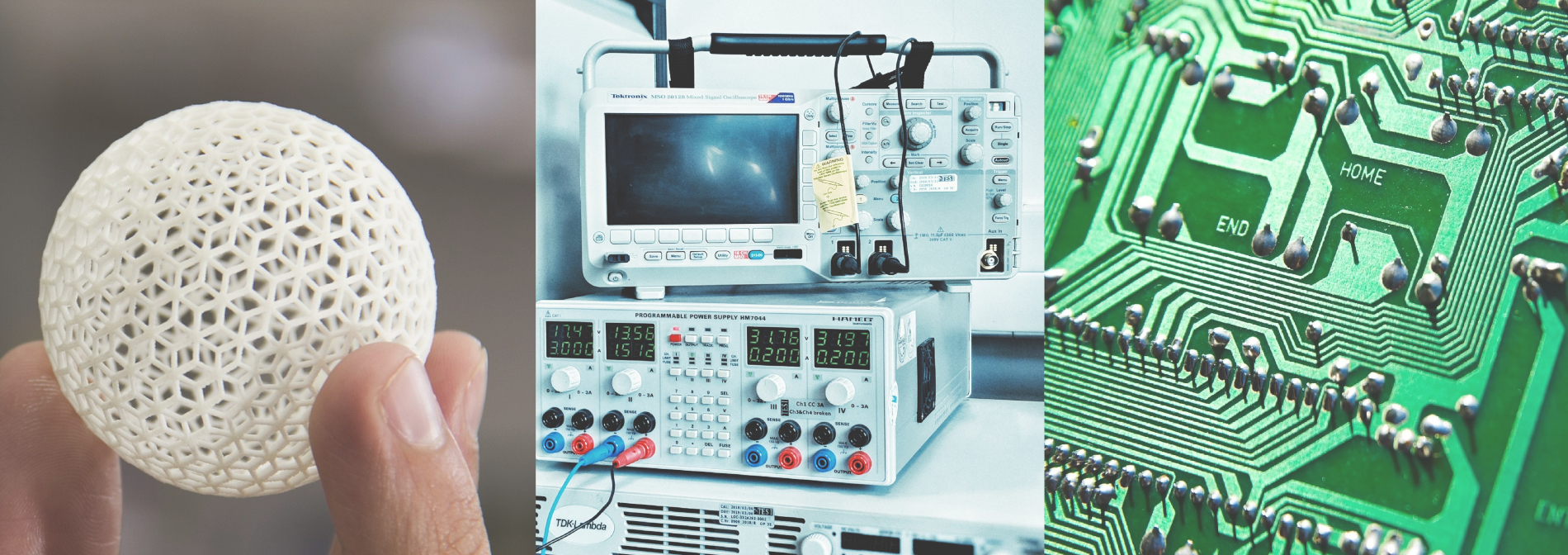Experience Flight Mechanics first hand!
Learning about Flight Mechanics, students more often than not see a set of formulae. It is hard to gain an understanding of the complex phenomena happening to an airplane. Avionix’s didactic wind tunnel models make the flight modes of an airplane experiencable and help students gain a deeper understanding and intuition.
We have three models available. They can be fitted to your wind tunnel attachement point or even scaled to your test section size. The models were developed and tested in cooperation with the Centre for Aviation of the Zurich University of Applied Sciences.
LSD: Longitudinal Stability Demonstrator
The LSD is designed to be operated with different Centers of Gravity (C.G.) and therefore different static margins, from longitudinally stable, to neutral, to very unstable and not trimmable. With the C.G. set at a location resulting in a positive static margin, the LSD can be trimmed to different Angles of Attack (AoA) with the mechanically controlled all moving horizontal stabilizer.
For visualization, threads can be attached to the wing to indicate positive or negative lift and stall condition.
LCD: Longitudinal Control Demonstrator
The LCD can demonstrate the concepts of Trim and longitudinal control. It comes with a control box which is connected to the plane with a 2.4GHz wireless link, indicating angle of attack (AOA) and elevator angle (δe) and allowing the elevator angle to be controlled by a dial. The LCD is designed to have two degrees of freedom; rotation about the pitch axis at the C.G. position, which is located at 25% MAC, making the LCD statically stable, and translation in the vertical Z-axis. With these two degrees of freedom and the ability to control the elevator, the LCD can “fly” on vertical rails inside the wind tunnel. With different airspeeds, the relationship between the angle of attack and the elevator angle can be shown. In addition, stall can be demonstrated at low airspeeds.
DRD: Dutch Roll Demonstrator
The DRD is designed to show Dutch Roll and Directional Stability. It comes with a control box which is connected to the plane with a 2.4GHz wireless link, allowing the rudder and aileron angle to be controlled by a dial. Rudder and aileron angles can be trimmed using the control box potentiometers. A dutch roll movement can be excited by a preprogrammed button that initiates a aileron or rudder doublet. The DRD is designed to have two degrees of freedom; rotation about the vertical (z, yaw) and the longitudinal (x, roll) axis. With these two degrees of freedom and the ability to control the rudder and ailerons, the DRD can perform the dutch roll motion as well as demonstrate directional stability.


